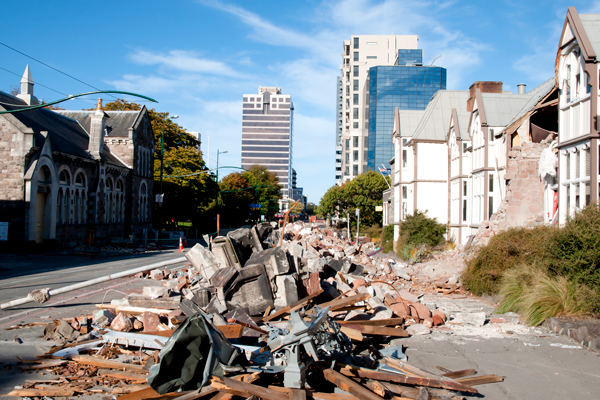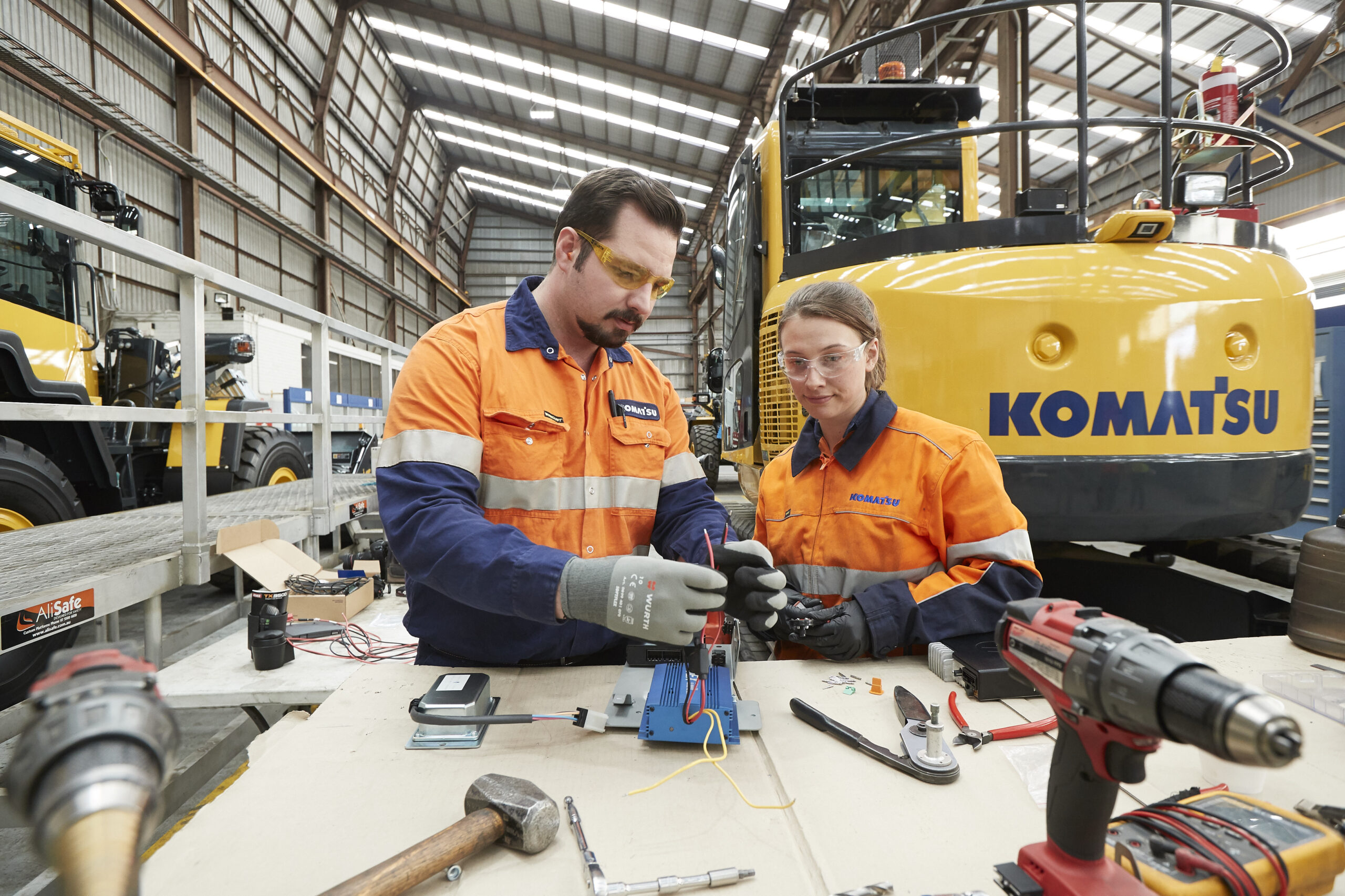David Pinkney and Irmana Sampedro are both originally from Europe, but both asset management professions now call the New Zealand city of Christchurch home and neither have plans to leave.
For Irmana, she was attracted to Christchurch by the idea of helping in the reconstruction of the city after the 2011 earthquake.
On February 22, 2011, the city was shaken by a 6.3 magnitude earthquake which took the lives of 185 people and reduced 80% of the city centre to rubble.
“I was in Spain at the time and the situation wasn’t that great in Europe then with the global financial crisis, so I decided to come and take part in the rebuild,” she says.
“The place was pretty destroyed when I came here, you really did have that feeling of living in a disaster zone.”
David Pinkney lived in the old Christchurch. Originally from the UK, he was on a round-the-world sailing adventure in 2002 and had stopped in at Christchurch and liked what he saw so much that he moved there with his wife and three children. The earthquake did not shake his faith in his new home.
“Something must be right because my kids are now grown up and they’ve stayed here and call this place their home,” he says.
Sampedro and Pinkney are not only Christchurch residents but they have been closely involved in the reconstruction efforts in their roles at the Christchurch City Council.
Sampedro is project manager of the council’s Smart Water Network, while Pinkney is back at the council as an asset engineer responsible for waste water renewals after various secondments.
Both worked with SCIRT, the Stronger Christchurch Infrastructure Rebuild Team which was part of the decade long $40 billion reconstruction of the city.
“Both Dave and I were involved in rebuilding the underground infrastructure,” explains Sampedro.
“Our goal was to build a more resilient city so that if there was another earthquake, we’d be in a better position.
“Resilience was our goal then, and I don’t think that back in 2011 we had as strong a sustainability lens on our work as we have at the moment.
“Our decisions were driven by resilience, and that was number one for us.”
Looking back on the experience, Pinkney’s observation was that “we didn’t really appreciate the value of data.”
“When we started on this journey data was just something you used for one job and then moved on to the next,” he says.
Now, he says, aggregating data from difference sources and make it usable and available is critical to improving asset management practice.
Better data management can deliver a better understanding of assets, how they might perform in stress situations – such as another earthquake – and provide a guide and template to how to respond in future.
He is enthusiastic about the integration of geospatial data into design software and asset management systems, and moving away from “data capsules” to a national approach so that “if the west coast falls over, we have access to their systems on the cloud.”
“We were scrambling for data, and I think the lesson for me is all around how data is used, the decision making and the robustness around quality data sets and how you can leverage that,” Pinkney says.
In responding to these issues, the City of Christchurch is now collaborating on a project for national standards for data transfer between private and public organisations.
Both Sampedro and Pinkney acknowledge that in the confusion and rush to rebuild, errors were made and they point to the certification process of contractors, an issue which has been covered widely in NZ.
Although the city is back to functioning as a normal – if very different – city, the quality of some of the rebuilding work has been questioned.
“As an asset manager now I run fairly substantial asset checks for assets which are only seven or eight years old, and which are failing even though they should have at least a 25 to 50 year life expectancy,” says Pinkney.
“So there are ongoing operational issues and you are often on the backfoot and we are constantly having to address these issues.”
Eleven years on, the feel of the city is similar, but different. The centre of Christchurch is unrecognisable from the disaster zone it was after the quake, and significantly changed from how it was even five years ago. The banks of the Avon River host a new market area, a theatre and a hospitality precinct.
Davie Pinkney says his watchwords in his work are “redundancy, resilience and access.”
Irmana Sampedro’s observations are also demographic.
“I’ve always been told that prior to the earthquake there was no diversity here, and a typical question was what school you went to,” she says.
“As a result of the earthquake a lot of people came to work here, and they stayed and that has made change.
“In my team at the moment I have people from all over. From Scotland, from Pakistan and we only have one or two Kiwis, so that has been another big change I’ve seen in my time here.”














